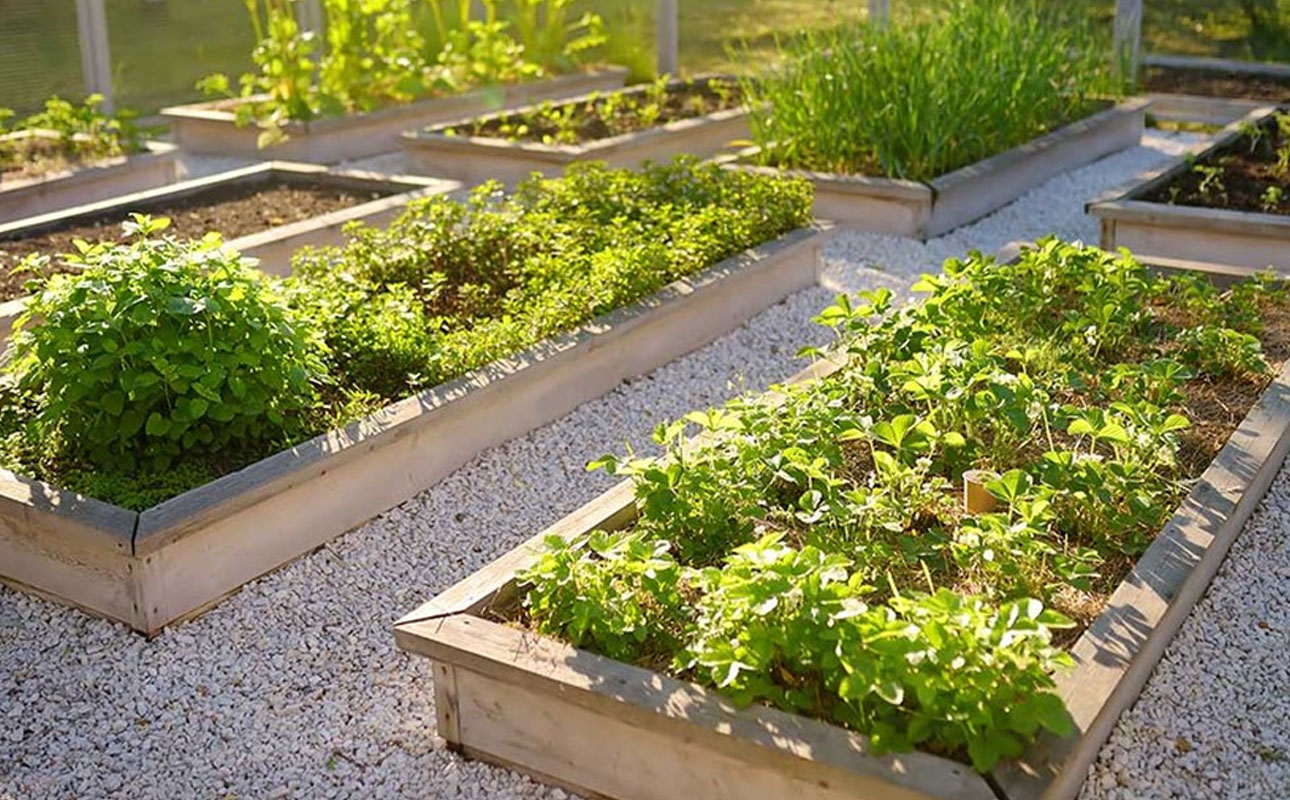Starting an urban farm can be a rewarding and exciting venture. You will need to determine your goals and the resources that you have at hand. You will need to consider why you want to start an urban farm, how much space you have,
the amount of time you can put in and your budget.
The first step would be choosing a good location.
Select a location for your urban farm that has access to sunlight, water, and drainage. Choosing a good location is important because the location of your urban farm can have a significant impact on the success of your farm. Here are a few reasons why:
- Access to sunlight: Crops need sunlight to grow, so it's important to choose a location that gets plenty of sunlight throughout the day.
- Access to water: Water is essential for the growth of most crops, so it's important to choose a location that has access to a reliable source of water.
- Drainage: Proper drainage is important to prevent waterlogged soil, which can lead to root rot and other problems.
- Proximity to markets: If you plan to sell your produce, it can be helpful to choose a location that is close to potential markets, such as local restaurants or farmers' markets.
Plan your farm.
Develop a plan for your urban farm, including what types of crops you want to grow and how you will grow them. Planning an urban farm is important because it can help ensure that your farm is successful and efficient. A well-planned farm can help you:
- Determine what crops to grow: By planning your farm, you can decide which crops will be most suitable for your location and resources.
- Allocate space efficiently: By planning the layout of your farm, you can ensure that you are using your available space efficiently and maximizing production.
- Minimize costs: By planning your farm in advance, you can identify any potential expenses and develop strategies to minimize them.
- Ensure sustainability: By planning your farm, you can consider factors such as water usage and soil health to ensure that your farming practices are sustainable.
Acquire necessary supplies and equipment.
Purchase or borrow any necessary supplies and equipment, such as seeds, soil, containers, and tools. We can help you draw up a list of equipment that you will need and which ones you can create out of everyday household goods. For more information on this join our community.

